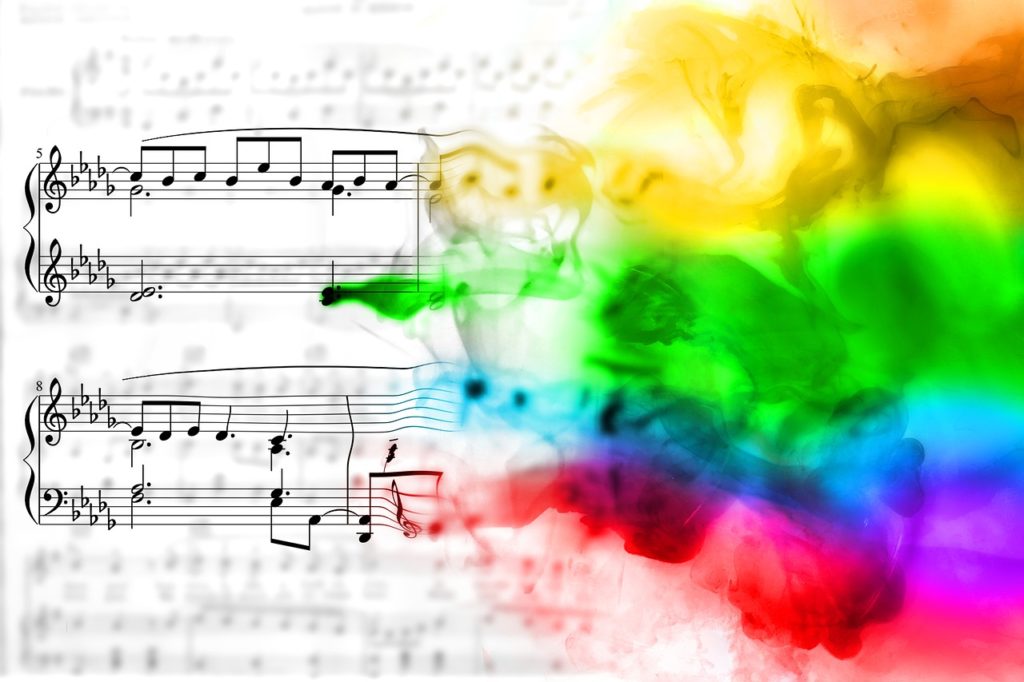Do you want to sound like your favorite vocal artist? What exactly is harmony, and how does it affect singing in tune? Harmony is tone color, read more to learn how this fact impacts singing in tune.
The post 10 Elements that Impact Singing in Tune discusses the ten components that effect harmonizing in tune. Today, we’ll look in detail at the fourth element, Harmony Is Tone Color. Here we’ll talk about learning to sing in tune. If you’d like a practical singing lesson, see:
This article uses technical musical terms. For definitions, see the Glossary at the end of the post.


